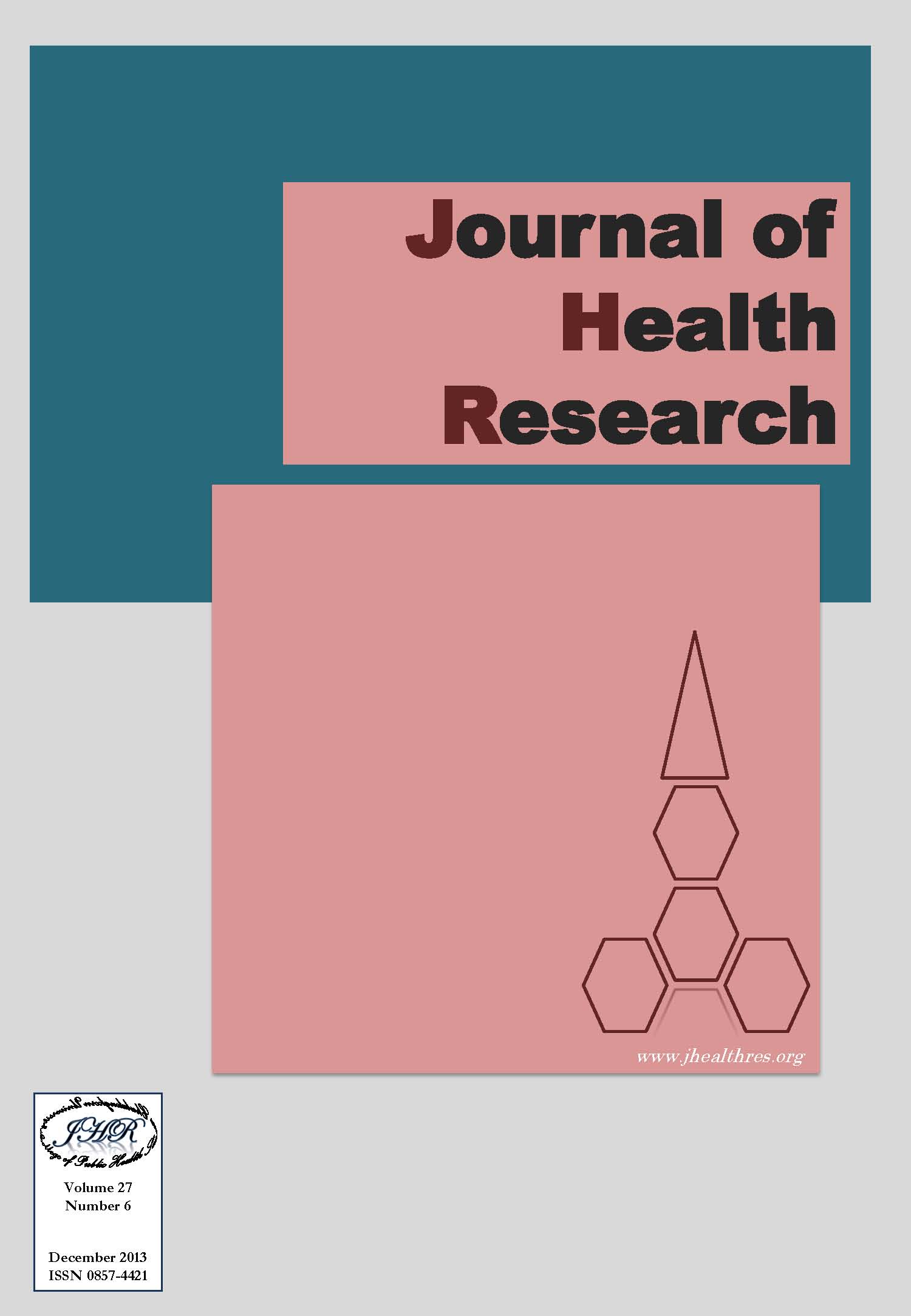Assessment of Knowledge, Attitude and Preventive Behavior of Pulmonary Tuberculosis among Myanmar Refugees in Ban Mai Nai Soi Temporary Shelter, Mae Hong Son, Thailand
Keywords:
Pulmonary tuberculosis, Tuberculosis, Myanmar refugee, KAPAbstract
The World Health Organization (WHO) has declared that more than 85% of refugees originate from and subsist in high tuberculosis (TB) burden area. There was an estimated that over 50% of refugee population might be infected with TB. Mae Hong Son province is one of the high TB burden areas in the northern part of Thailand. It has variety of populations, the geographical features here are facilitating mobility of migrant and refugee from Myanmar. Therefore, the high mobility and migration of Myanmar sub-tribes population who are living along Thailand-Myanmar border have created impact on communicable diseases. This cross-sectional descriptive study was to assess knowledge, attitude, and preventive behavior of pulmonary tuberculosis among Myanmar refugee in Ban Mai Nai Soi temporary shelter, Mae Hong Son province, Thailand. Four hundred and thirty eight male and female Myanmar refugees, age from 18 years old and above were respondents. Face-to-face interviews with a structured questionnaire were carried out in March 2013. Chi-square test was used for analysis of variables relationship. Based on 70% cutoff point from total expected score, knowledge score was categorized into low level/need an improvement and high level of knowledge. Attitude and preventive behavior score were categorized into low level, moderate level and high level base on the range of score on average. Relationships between variable by Chi-square test were considered statistically significant at P-value less than 0.05. The study showed that mean of knowledge score was 17.7 ± 4.9 and 74.2% of the participants referred to low level of knowledge. Mean score of attitude was 51.6 ± 8.1 and 47.9% of respondents were categorized as a high level of attitude and 177 (40.4%) respondents were categorized as moderate level of attitude. About 51 (11.6%) of respondents were accounted for low level of attitude on pulmonary tuberculosis. Regarding preventive behavior, mean score was 28.3 ± 5.3 and 55.5% had high level, 32% had moderate level and 12.6% had low level of preventive behavior respectively. Chi-square test revealed significant relationship between knowledge and attitude level, knowledge and preventive behavior level and attitude and preventive behavior level (p<0.001). This study highlighted the gap of knowledge among the respondents which it needs for information, education and communication (IEC) programs on pulmonary tuberculosis among this population. All evidences from this study should be taken to implement educational programs together with behavior change communication strategy (BCC) to remove the gap and create sustainable awareness and behavior regarding pulmonary tuberculosis.







